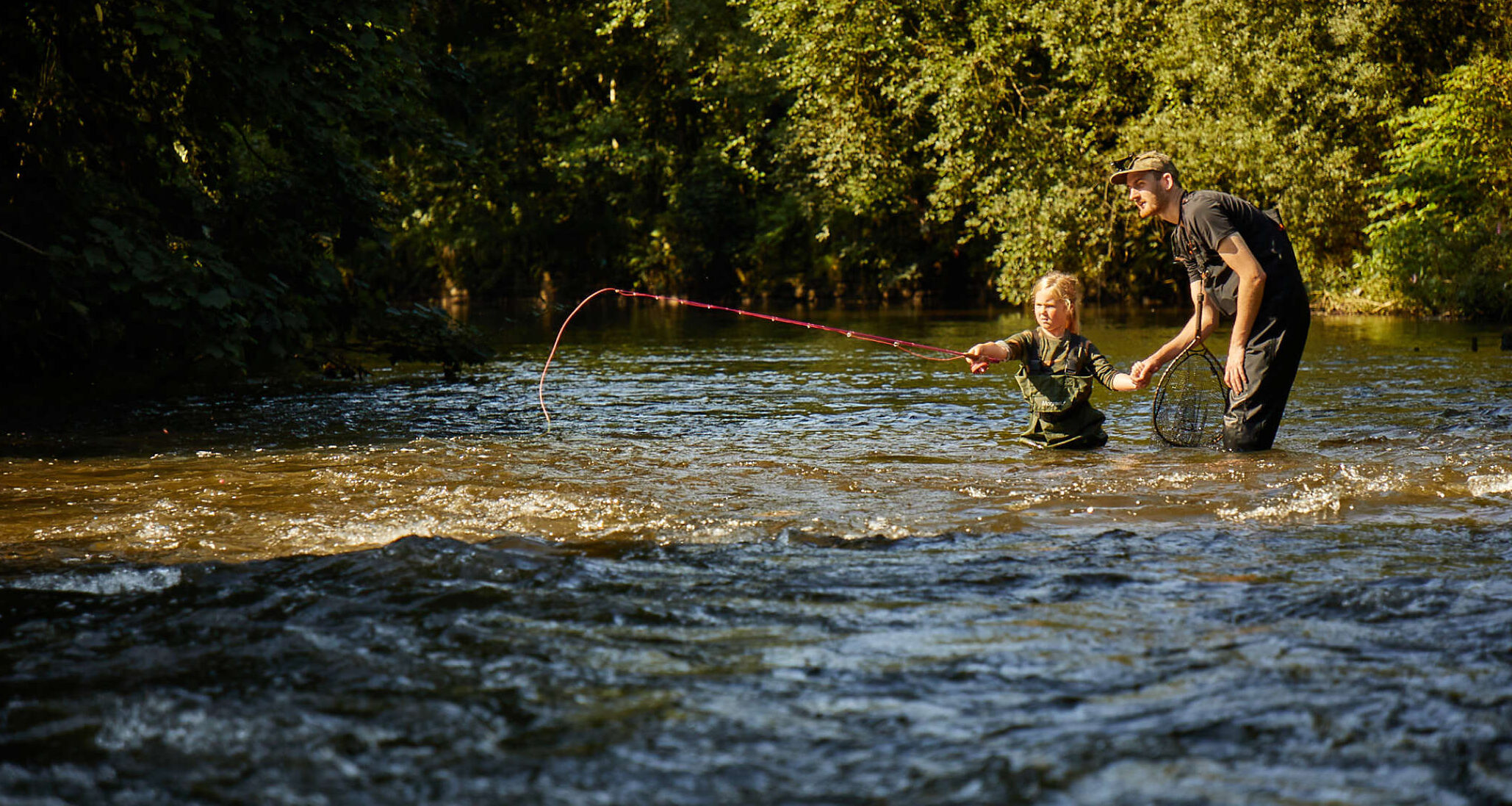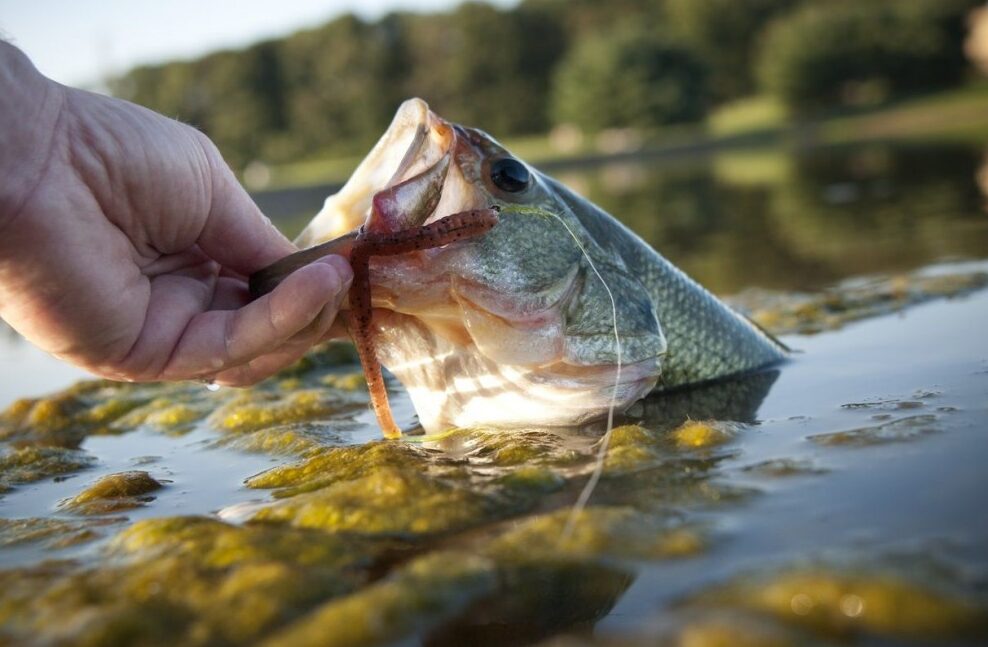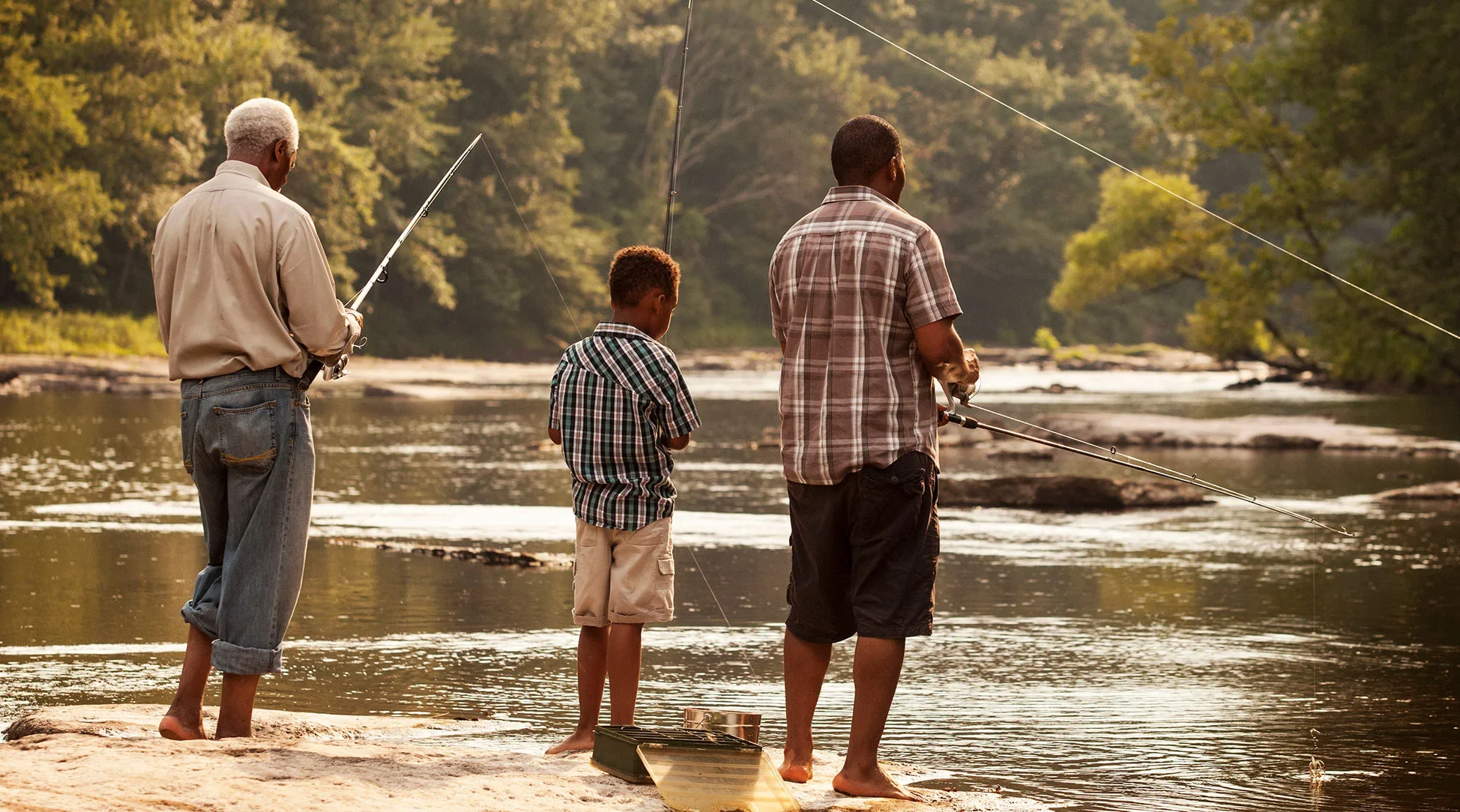Are you looking to up your fishing game and tackle some of the biggest catches in a river? Look no further! River fishing for walleye, pike, and muskie can be an exciting adventure that requires specific techniques and gear. In this blog post, we will cover everything you need to know about river fishing tactics. From where to find fish in the river to the best bait and lures to use, as well as tips and tricks for hooking these elusive creatures. So grab your gear, hop into your boat or wade into the water with us as we explore these essential skills for successful river fishing!
The Three Different Types of River Fishing
1. Wade Fishing
Wade fishing is a popular form of river fishing where the angler stands in the water and casts their line into the current. This type of fishing requires minimal gear, making it an accessible option for those just starting.
2. Bank Fishing
Bank fishing involves casting your line from shore rather than wading or using a boat. Anglers can use this technique on rivers with shallow banks and mild currents to catch walleye, pike, and muskie.
3. Boat Fishing
Boat fishing provides anglers access to deeper waters where larger fish may be lurking below the surface. With a boat, fishermen can cover more ground and explore different parts of the river that would otherwise be unreachable by foot or bank casting.
Each type of river fishing offers its own set of challenges and rewards for anglers seeking out these elusive species. Whether you prefer wading through knee-deep water or exploring deeper areas with a boat, mastering each technique will increase your chances of hooking that big catch!
Where to Find the Fish in a River
When it comes to river fishing, one of the most critical factors in catching fish is knowing where to find them. You can’t just cast your line out anywhere and expect to get a bite. Understanding the habits and habitats of different species will help you locate them more efficiently.
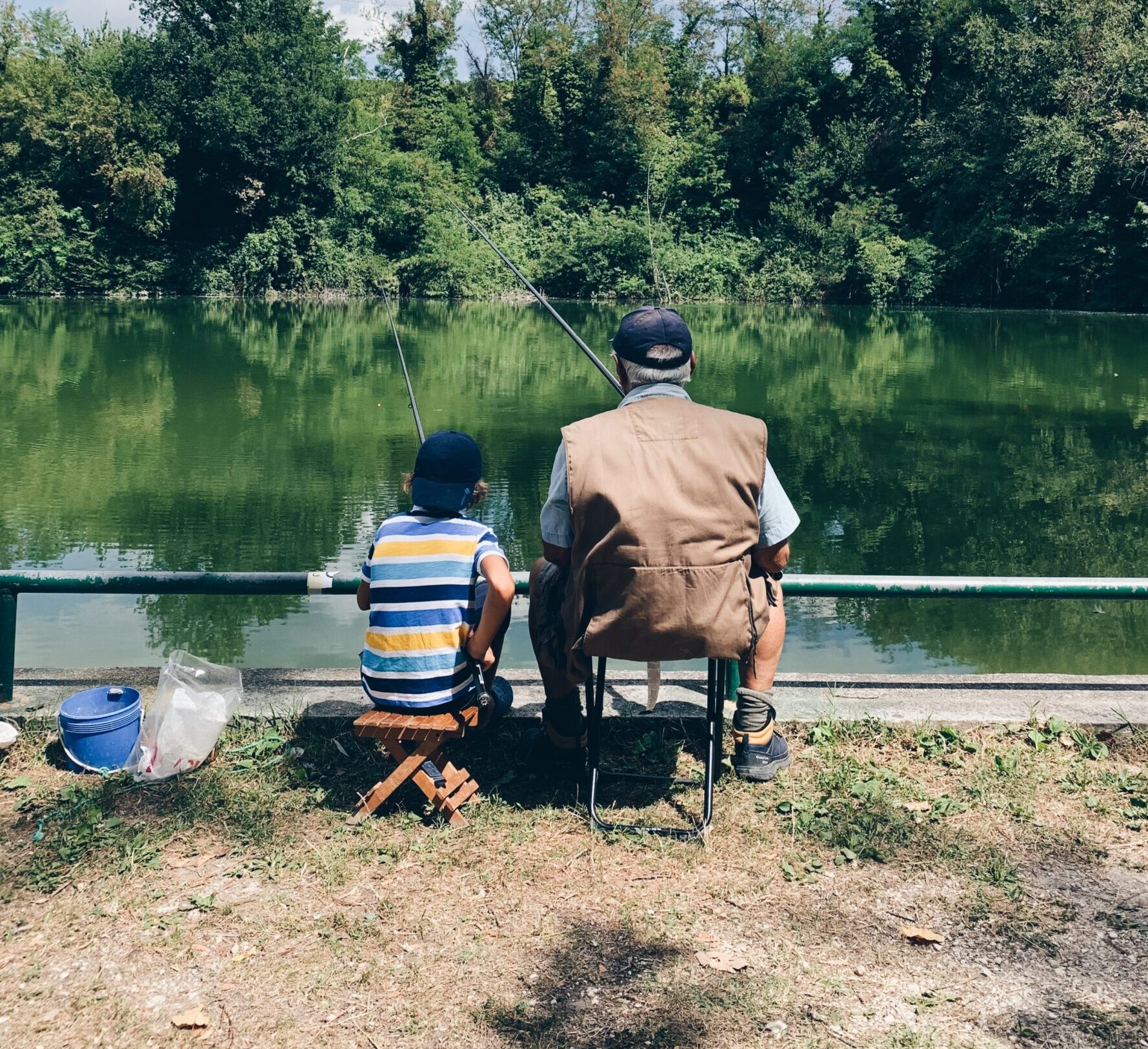
One common spot for finding fish in rivers is around structures such as rocks, logs or bridges. These areas provide shelter and protection from strong currents, making it an ideal spot for predatory fish like pike or muskie to ambush their prey.
Another factor that affects where fish are located is the water temperature. Fish tend to move towards warmer spots during cooler months and vice versa during hot summer days. The deeper parts of a river channel also serve as hiding places for some species who prefer cooler temperatures.
Seasonal changes also play a significant role in determining where fish are likely found within a river system. During springtime when snow melt runoff fills up streams with fresh water laden with nutrients, many gamefish migrate upstream seeking food sources along this nutrient-rich area.
Last but not least, don’t overlook quiet eddies or backwaters near faster-moving sections of the river; these areas could be potential feeding grounds for walleye or other smaller baitfish due to decreased current velocity providing better chances at catching larger predators downstream from those prime locations!
The Best Bait and Lures for River Fishing
When it comes to river fishing, choosing the right bait and lures is crucial for a successful catch. Different fish species have different feeding habits and preferences, so it’s important to select the right bait for your target fish.
For walleye, live bait such as minnows or nightcrawlers are popular choices. Jigs with soft plastic grubs in natural colors like green or brown can also be effective. Crankbaits that mimic small fish can work well too.
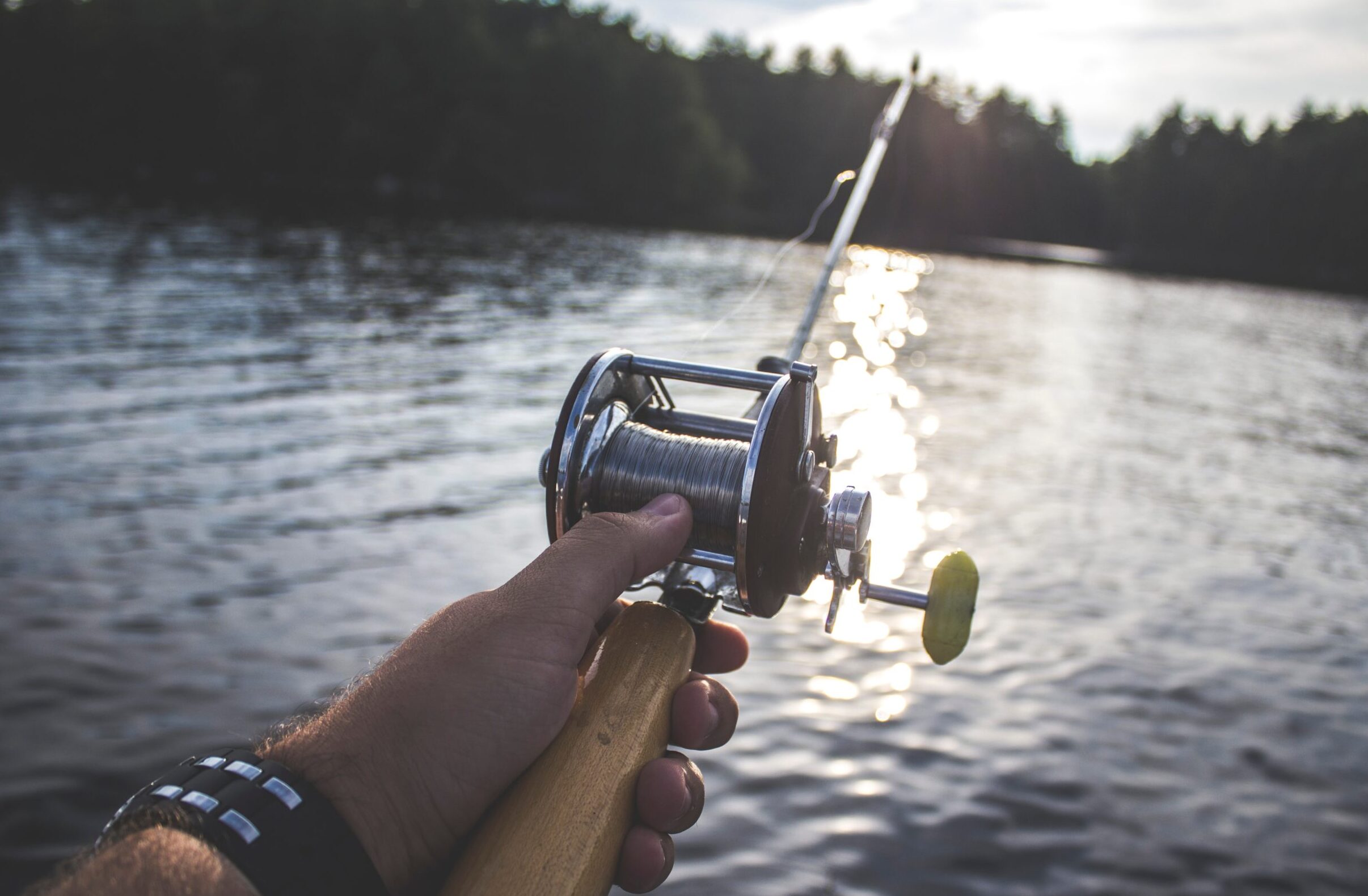
Pike are known for their aggressive nature and will often strike at anything that resembles prey. Large spoons or spinners in bright colors can attract pike’s attention. Live baits like suckers or chubs can also be used if legal in your area.
Muskie are notoriously difficult to catch but using large baits such as crankbaits with oversized bodies or topwater lures could increase your chances of hooking one. Bucktail jigs with flashy tails can also lure muskie out of hiding.
It’s important to match your bait size and color to the water conditions you’re fishing in. Brighter colors may work better on cloudy days while more natural hues may perform better on clear days.
Experimenting with different types of bait and lures is key to finding what works best for you on any given day of river fishing!
How to Set Up Your River Fishing Gear
Setting up your river fishing gear can make or break your chances of a successful catch. It’s important to have the right equipment and set it up correctly for the type of fish you are targeting and the conditions in which you will be fishing.
First, choose a rod that is appropriate for the size and strength of fish you plan to catch. A longer rod can help with casting distance, while a shorter one may provide more accuracy and control.
Next, select an appropriate reel based on the weight of your lure or bait. Baitcasting reels work well for larger fish like pike and muskie, while spinning reels are better suited for smaller species like walleye.
Choose strong line that matches your reel’s weight capacity, as river currents can put significant pressure on both line and gear. Leaders made from fluorocarbon or wire may also be necessary depending on water clarity and fish behavior in your area.
Consider adding weights or floats to improve casting distance or keep bait at specific depths in moving water. Bobbers can help detect bites when using live bait while sinkers can get lures down deep where big fish often hide.
Taking care when setting up your gear is essential for success when river fishing – so don’t skimp on this crucial step!
Tips and Tricks for River Fishing
When it comes to river fishing, there are a few tips and tricks that can help increase your chances of catching fish. First off, always pay attention to the water flow and temperature. Fish tend to prefer certain conditions, so understanding their habits in different situations is key.
Another important tip is to use live bait whenever possible. This can include worms, minnows or even small crayfish. These types of bait will attract more fish than artificial lures.
It’s also important to have patience when river fishing – sometimes you may need to wait for hours before getting a bite! Be sure to bring snacks and drinks with you on your trip so that you’re comfortable while waiting for a catch.
In addition, consider using polarized sunglasses as they allow you to see into the water more clearly. This can be especially helpful in spotting fish or underwater structures where they like to hide.
Don’t forget about safety precautions while out on the river. Always wear appropriate protective gear such as life jackets and avoid wading too deep into fast moving waters.
By following these tips and tricks for river fishing, you’ll be well on your way towards becoming an expert angler!
River fishing can be a thrilling and rewarding experience for any angler. Whether you are targeting walleye, pike or muskie, understanding the different types of river fishing tactics is crucial for your success.
By knowing where to find the fish in a river, selecting the right bait and lures, setting up your gear correctly and utilizing various tips and tricks, you can increase your chances of hooking more fish.
However, it’s important to remember that every day on the water is different. Sometimes even with all these techniques applied perfectly nature may not work in our favor but don’t get discouraged as each time we learn something new.
So next time you’re planning a river fishing trip, keep these strategies in mind and enjoy exploring the beautiful outdoors while catching some trophy-worthy fish!
